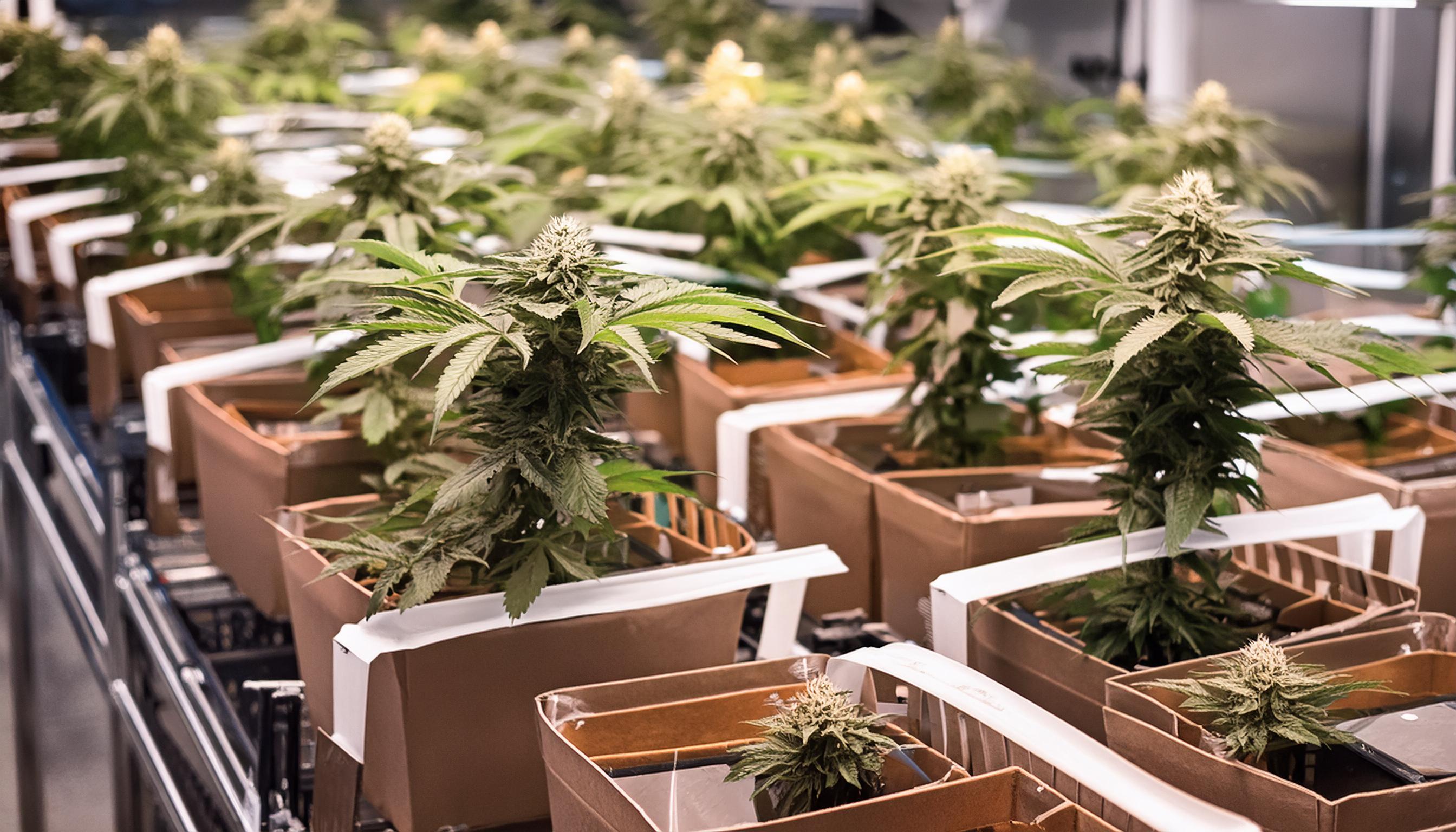Maximising Profitability in Your Cannabis Business
Aug 12, 2024
The cannabis industry has seen its fair share of ups and downs, particularly in terms of profitability. Back in 2020, around two-thirds of cannabis retailers were turning a profit. By 2022, however, that number had dropped to just 31%. What’s behind this dramatic shift, and how can you navigate these turbulent waters to maximise profitability in your cannabis business?

Dropship Cannabis with Us
Skip the Hassle. Start Dropshipping Cannabis Now.
No facilities, no licenses, no stress. Dr. Green handles it all while you profit. Your cannabis business can begin now.
Understanding the Profitability Challenge
Several factors contribute to the slim margins in the cannabis industry. One major issue is price compression, where customers hunt for the best deals, pushing prices down.
Retailers, who typically mark up products by 100% (leading to a gross margin of 50% before discounts), are pressured to lower prices to remain competitive.
In addition to price challenges, federal taxes pose a significant hurdle. Due to IRS Code 280E, cannabis businesses face federal tax rates ranging from 20% to 40% based on gross profit, not net profit.
This tax structure complicates profitability further, especially when margins are already tight.
Controlling Overhead Costs
For many cannabis retailers, overhead costs are a major drain on profitability. While saving on marketing (due to advertising restrictions in the industry) might offer some relief, other overhead costs like high banking fees, security, and real estate are substantial.
The key to improving profitability is not just reducing overhead but managing it effectively relative to revenue.
This is known as the overhead ratio. By focusing on increasing revenue while keeping overhead costs stable—or growing them at a slower rate than revenue—you can significantly impact your bottom line.

Effortless Cannabis Dropshipping
Launch Your Cannabis Business Without the Stress.
Say goodbye to complicated setups. With Dr. Green, you can dropship cannabis without the need for facilities or licenses. Start profiting from the cannabis industry today.
Strategies to Maximise Overhead Efficiency
Optimise Administrative Costs:
Every cannabis retailer needs to staff certain roles, including inventory managers, security, and compliance officers. However, the number of budtenders can fluctuate. Aim for a revenue per employee metric around the industry average of $192,000, with some stores achieving up to $550,000 per employee. Evaluate individual employee performance and streamline operations to ensure your staffing levels are efficient and cost-effective.
Increase Revenue Per Square Foot:
Another area to focus on is maximising revenue per square foot of your retail space. For example, if you grow your sales from $1,000 to $1,400 per square foot over five years, you can significantly boost your profitability without needing additional space. Benchmarks suggest that $1,000 to $3,000 per square foot is a reasonable target. Assess how much more you can generate from your current locations before expanding.
Designing an Efficient Growth Strategy
Effective growth in the cannabis industry requires a careful balance between managing overhead and increasing revenue. Key financial indicators to track include gross margin and overhead ratio. Your goal should be to either lower overhead costs or increase revenue while keeping overhead stable.
When planning growth, consider:
Leveraging Existing Resources: Analyse what you can achieve with your current resources before expanding. This often reveals that you can do a lot more with what you already have.
Tracking Key Metrics: Regularly monitor metrics such as revenue per employee and revenue per square foot to ensure you’re optimising your overhead costs.
Scaling Strategically: Focus on increasing efficiency and revenue per square foot before considering new locations or major expansions.

Your Cannabis Business Made Easy
Start Dropshipping Cannabis Today.
No inventory, no licensing dilemmas. Dr. Green takes care of everything while you watch your profits grow. Don’t wait, start your cannabis dropshipping journey now.
Conclusion
Maximising profitability in the cannabis industry involves a mix of strategic cost management and revenue optimisation. By keeping a close eye on your overhead costs, optimising your administrative and facility expenses, and designing a thoughtful growth strategy, you can navigate the challenges of the cannabis market and enhance your profitability. Stay proactive, monitor your financial metrics, and adjust your strategies as needed.